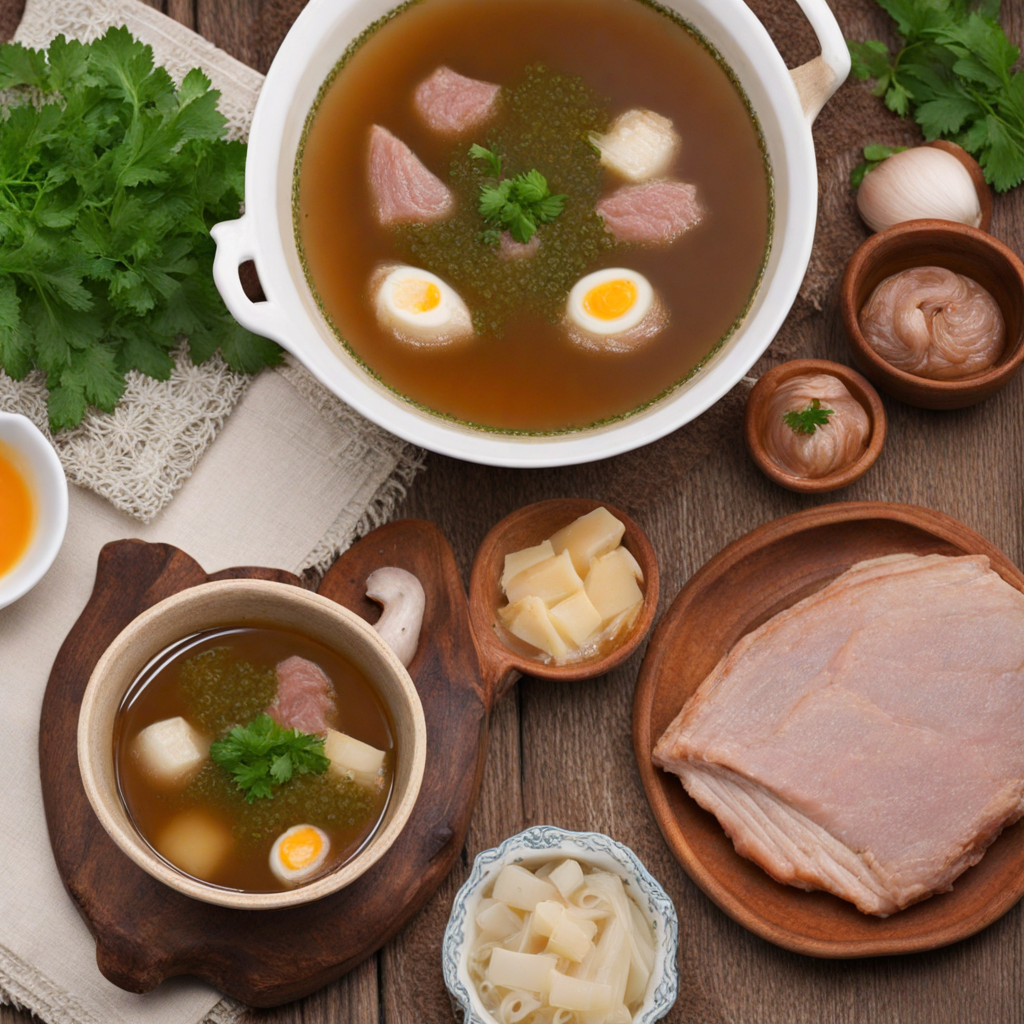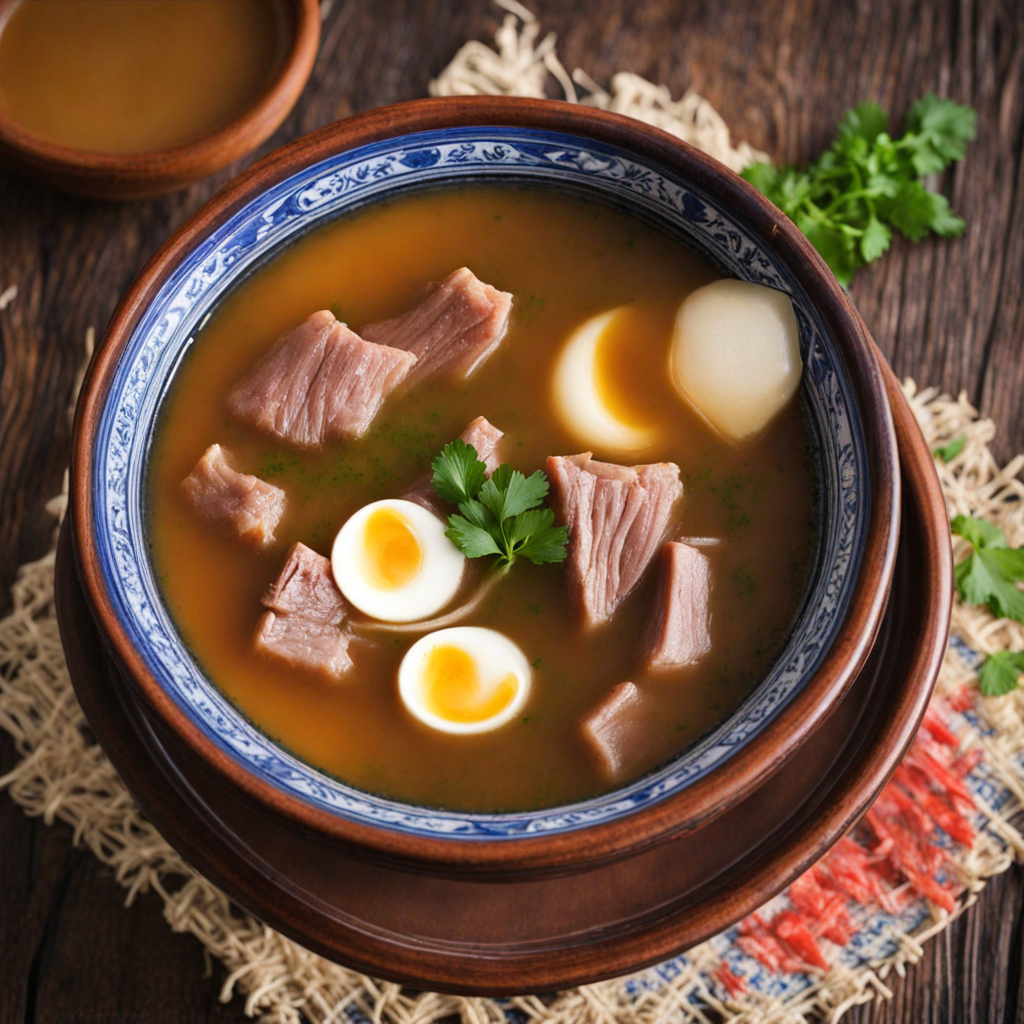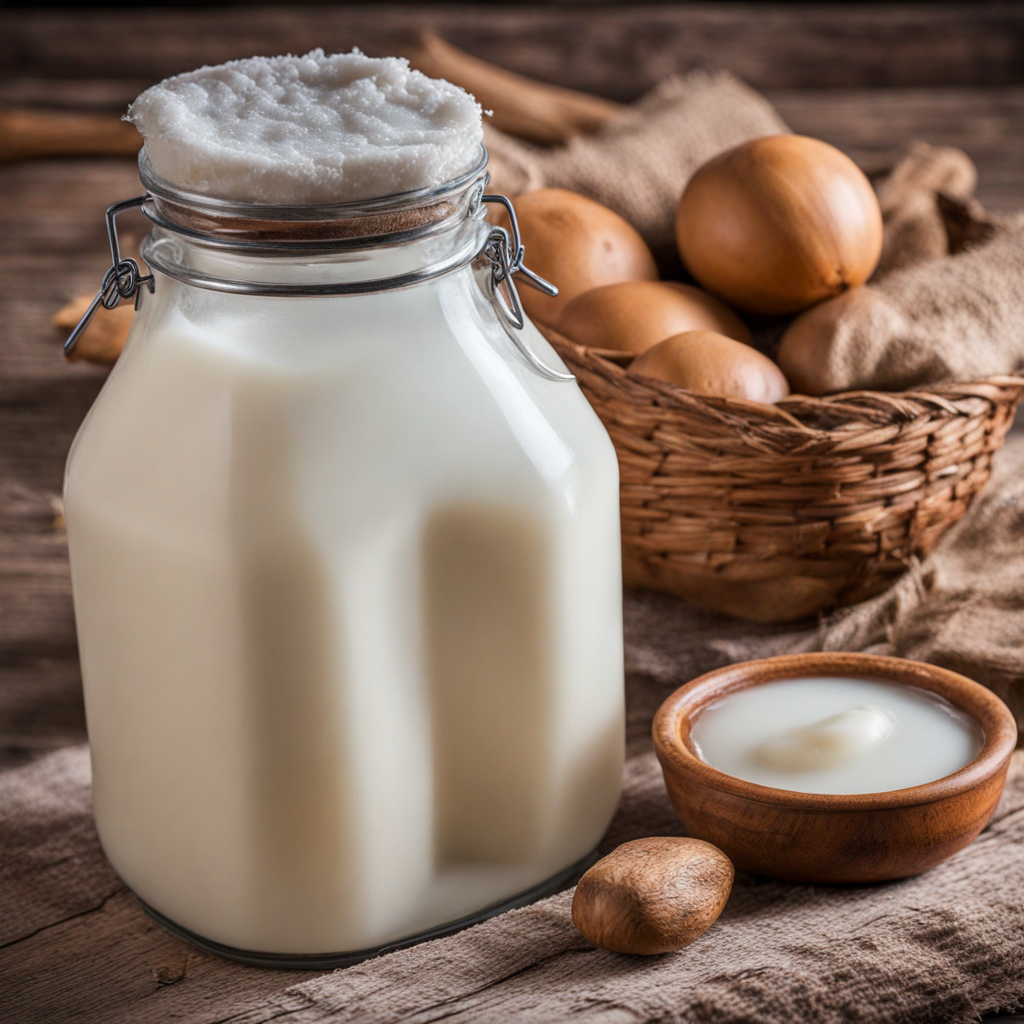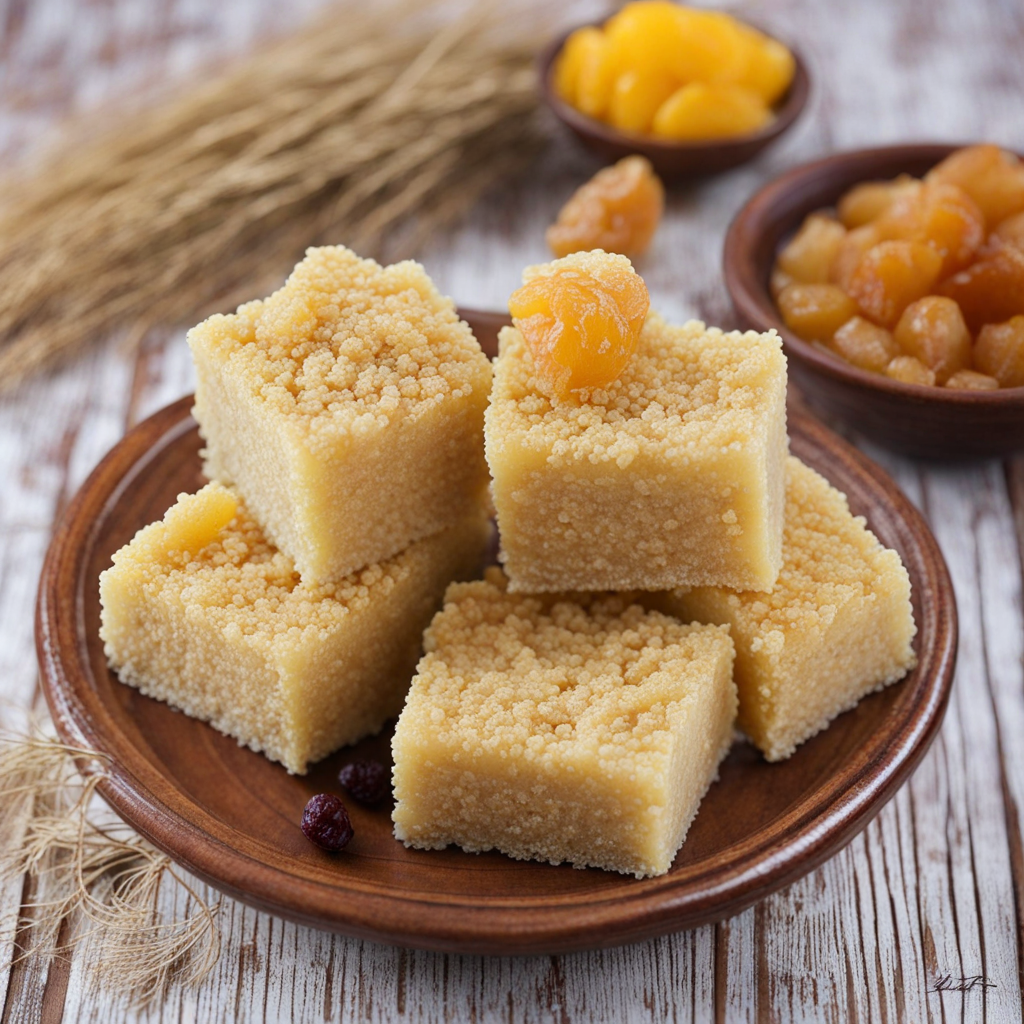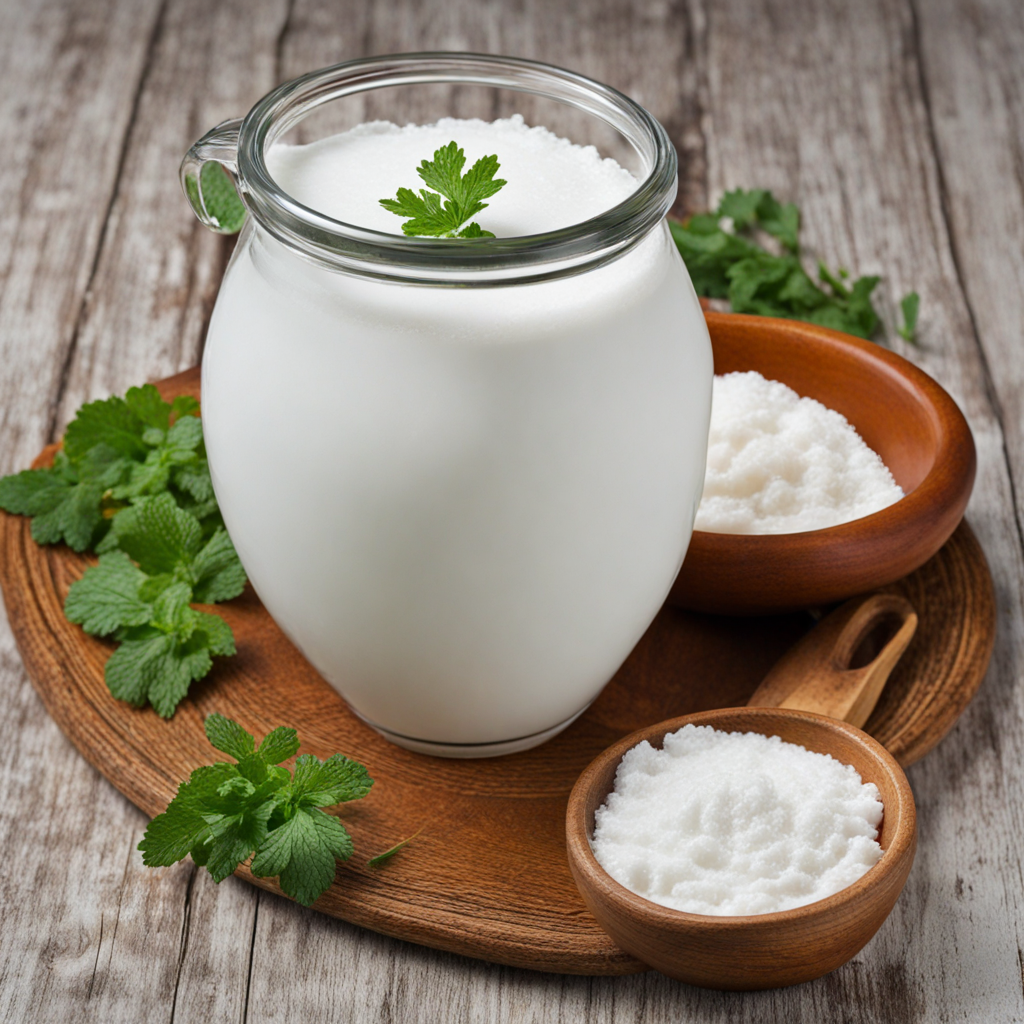Sorpa
Sorpa is a traditional Kazakh dish that embodies the rich culinary heritage of the region, showcasing the use of simple yet flavorful ingredients. This hearty soup is typically made from the flavorful broth of boiled meat, often lamb or beef, which is simmered for several hours to extract the maximum flavor. The resulting broth is clear and aromatic, infused with subtle notes of spices and herbs, providing a warm and comforting base for the dish. The meat, tender and succulent, is usually shredded and served alongside the broth, allowing diners to savor the depth of flavor that comes from the slow-cooking process. Accompanying the meat and broth, Sorpa often features a selection of vegetables such as carrots, potatoes, and onions, which add both texture and sweetness to the dish. These ingredients are typically chopped into bite-sized pieces, allowing them to soak up the savory essence of the broth. Some variations may include the addition of noodles or dumplings, offering a delightful chewiness that contrasts with the tender meat. The dish is often seasoned with salt and pepper, and sometimes a dash of garlic or cumin, enhancing the overall flavor profile and making each spoonful a delightful experience. Sorpa is not just a meal; it is an integral part of Kazakh culture, often served during gatherings and celebrations. The communal nature of sharing this dish reflects the hospitality and warmth of the Kazakh people. When served, Sorpa is typically presented in large bowls, inviting everyone to partake in the rich flavors and comforting warmth. Enjoyed hot, it is perfect for cold days, providing nourishment and a sense of togetherness, making it a must-try for anyone looking to explore the authentic tastes of Kazakhstan.
How It Became This Dish
Origins of Сорпа Сорпа, a traditional Kazakh dish, has roots that trace back to the nomadic lifestyle of the Kazakh people. This hearty soup is primarily made from meat, usually mutton or beef, and is characterized by its rich broth. The origins of сорпа can be linked to the historical need for sustenance in the vast steppes of Kazakhstan, where the harsh climate and limited resources required quick and nourishing meals. Nomadic tribes relied on their herds, and the simplicity of using readily available meat and water allowed them to create a dish that was both practical and delicious. The techniques for preparing сорпа were passed down through generations, reflecting the resourcefulness of the Kazakh people. The preparation often involved boiling meat for long hours, allowing the flavors to meld and the broth to become intensely savory. This method not only provided a filling meal but also made use of every part of the animal, a practice that exemplified the traditional values of respect and gratitude for nature's bounty. Cultural Significance Сорпа holds a significant place in Kazakh culture, transcending its role as merely a food item. It is often served during special occasions, including weddings, funerals, and other communal gatherings. The act of sharing сорпа symbolizes hospitality and friendship, illustrating the importance of community in Kazakh society. It serves as a reminder of the nomadic traditions, where sharing food was essential for building relationships and fostering connections among tribes. Additionally, сорпа is more than just a meal; it is a cultural ritual. During festive occasions, it is customary to prepare large pots of сорпа, allowing all guests to partake in the feast. These gatherings often include storytelling, music, and dance, reinforcing the bonds among participants. The dish is often accompanied by traditional bread, known as "naan," and sometimes served with a side of fermented dairy products, which complement the rich flavors of the broth. Development Over Time Over the centuries, сорпа has evolved while maintaining its traditional essence. With the influence of neighboring cultures, variations of сорпа have emerged, incorporating different ingredients and spices. The Soviet era introduced new culinary techniques and flavors, leading to adaptations that reflect a blend of both traditional Kazakh and Russian cuisines. Ingredients like potatoes, carrots, and onions were gradually added to the soup, providing additional texture and flavor. In contemporary Kazakhstan, сорпа has maintained its traditional roots while also embracing modern culinary trends. Chefs and home cooks alike experiment with different types of meat and seasonings, creating unique versions of the dish that cater to evolving tastes while still honoring its heritage. For instance, some variations now include chicken or even fish, reflecting a broader approach to cooking and a desire to appeal to diverse palates. Regional Variations and Ingredients Kazakhstan's vast geography has also influenced the regional variations of сорпа. In the western regions, where seafood is more accessible, variations made with fish broth have become popular. Conversely, in the mountainous areas, ingredients like wild herbs and game meats may be incorporated into the soup, showcasing the local biodiversity. The primary ingredients of сорпа typically include chunks of meat, water, and a selection of herbs and spices. While the basic recipe remains consistent, the choice of additional ingredients can vary greatly from one family to another, often reflecting personal tastes or regional specialties. Some families may add noodles or dumplings, turning the soup into a more filling meal, while others may prefer a simpler, broth-focused version. This adaptability has ensured that сорпа remains a beloved dish that resonates with many Kazakhs, regardless of their background or location. Modern Recognition and Global Influence In recent years, there has been a renewed interest in traditional Kazakh cuisine, leading to a greater appreciation for dishes like сорпа both within Kazakhstan and internationally. As part of a larger movement to preserve culinary heritage, chefs are highlighting the importance of traditional dishes in Kazakhstan's identity. Food festivals and cultural events often showcase сорпа, allowing visitors to experience its rich history and culinary significance firsthand. With the rise of global gastronomy, some chefs have begun to reinterpret сорпа through modern culinary techniques, presenting it in new and innovative ways that appeal to contemporary diners. This fusion of traditional and modern approaches has helped to elevate the dish's status, making it a symbol of Kazakhstan's rich cultural tapestry. Conclusion: A Culinary Heritage Сорпа is more than just a comforting bowl of soup; it is a symbol of the Kazakh way of life, embodying the spirit of hospitality and communal sharing. Its history reflects the resilience and adaptability of the Kazakh people, showcasing their ability to thrive in a challenging environment. As it continues to evolve and adapt to modern tastes, сорпа remains a vital link to Kazakhstan's past and a cherished part of its culinary heritage. Through this dish, the stories, traditions, and flavors of Kazakhstan are preserved and celebrated, ensuring that future generations can enjoy the warmth and nourishment that сорпа provides.
You may like
Discover local flavors from Kazakhstan


